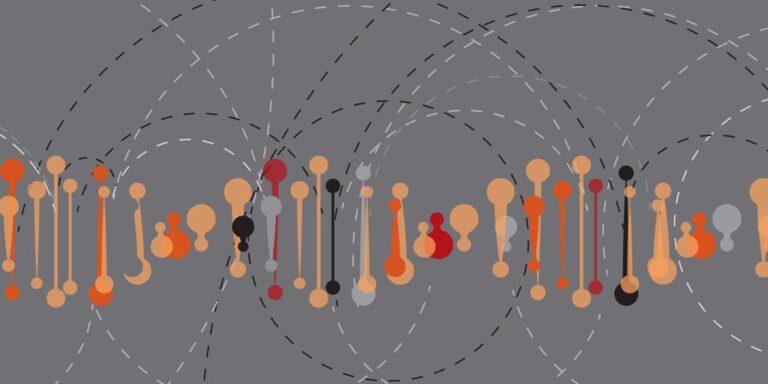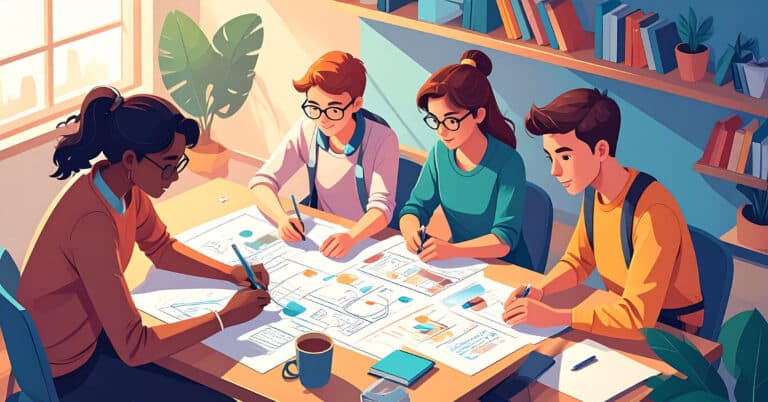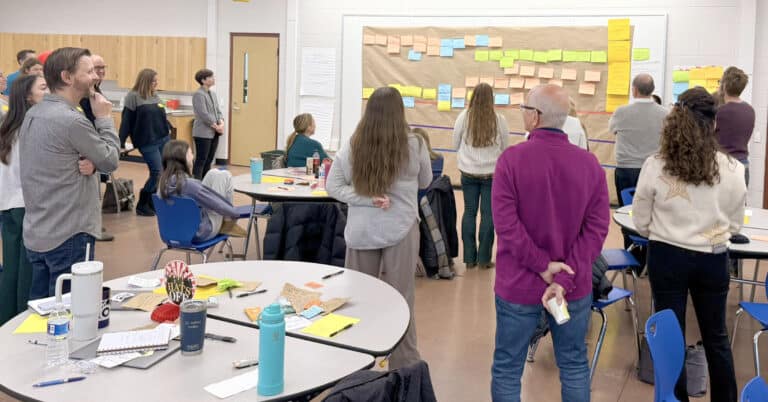When we hear the word “school,” many of us still picture a traditional classroom: rows of desks, a chalkboard and a teacher delivering lessons at the front of the room. But today’s learners need more than what a single building can offer. As our world becomes increasingly interconnected and complex, it’s time to rethink what education looks like, where it happens and who contributes to it.
What happens when a broad range of people and organizations partner fluidly to support young people in pursuing educational opportunities that meet their needs, and continue to do so as those needs change? Learning ecosystems connect people, organizations and experiences that support learning everywhere it happens. We first introduced this approach in 2009 with our second forecast on the future of learning, 2020 Forecast: Creating the Future of Learning. The topic was raised again in 2012 in our third forecast, Recombinant Education: Regenerating the Learning Ecosystem, which explored the powerful new opportunities for students, families, and local businesses alike. Since that time, learning ecosystems have been spreading across the U.S. and around the world, with Remake Learning in Pittsburgh and CommunityShare in Tucson being long-established and Education Reimagined supporting other communities in cultivating them.
What is a learning ecosystem?
A learning ecosystem encompasses all the elements and interactions that facilitate learning, both formally and informally. Learning ecosystems include people, content, technology, culture and strategies that work together to support individuals in their learning journey. How they support learners and learning changes as the needs of learners change.
Opportunities for students
When communities become part of the learning journey, students benefit in tangible and transformative ways:
- Real-world Learning: Local businesses and organizations can offer after-school experiences, internships, apprenticeships and project-based learning that connect classroom concepts to real-world applications
- Expanded Access: Students can access learning opportunities that match their passions, whether that’s art, technology, entrepreneurship or environmental science
- Broader Support Networks: Community partners can provide mentorship, mental health services and enrichment programs that schools alone may not be equipped to offer
Opportunities for families
In a thriving learning ecosystem, families are not just spectators – they are valued partners in the learning process. Learning ecosystems offer them:
- Greater Voice and Choice: Families can help shape learning experiences that reflect their children’s needs and cultural backgrounds
- Support Services: Community-based programs often provide wraparound services, such as childcare, transportation and adult education, helping families overcome barriers to participation
- Stronger Connections: When learning happens across the community, families have more entry points to engage and more people and organizations with which to connect
Opportunities for businesses and community organizations
The benefits of learning ecosystems extend far beyond students and families. Local businesses, nonprofits and civic institutions also have a critical role to play, along with much to gain:
- Workforce Development: By partnering with schools and other learning providers, businesses can help cultivate a future-ready workforce with the skills and experiences needed in today’s economy
- Community Vitality: When students thrive, communities thrive. High-quality, inclusive learning ecosystems attract families, grow talent and support local innovation
- Shared Purpose: Engagement in education offers organizations a meaningful way to invest in the next generation and foster a stronger, more equitable society
Learning happens everywhere
The future of education lies not in better buildings but in stronger connections. When we expand our definitions of education and school to include the entire community, we unlock more inclusive, flexible and meaningful learning opportunities for all students.




